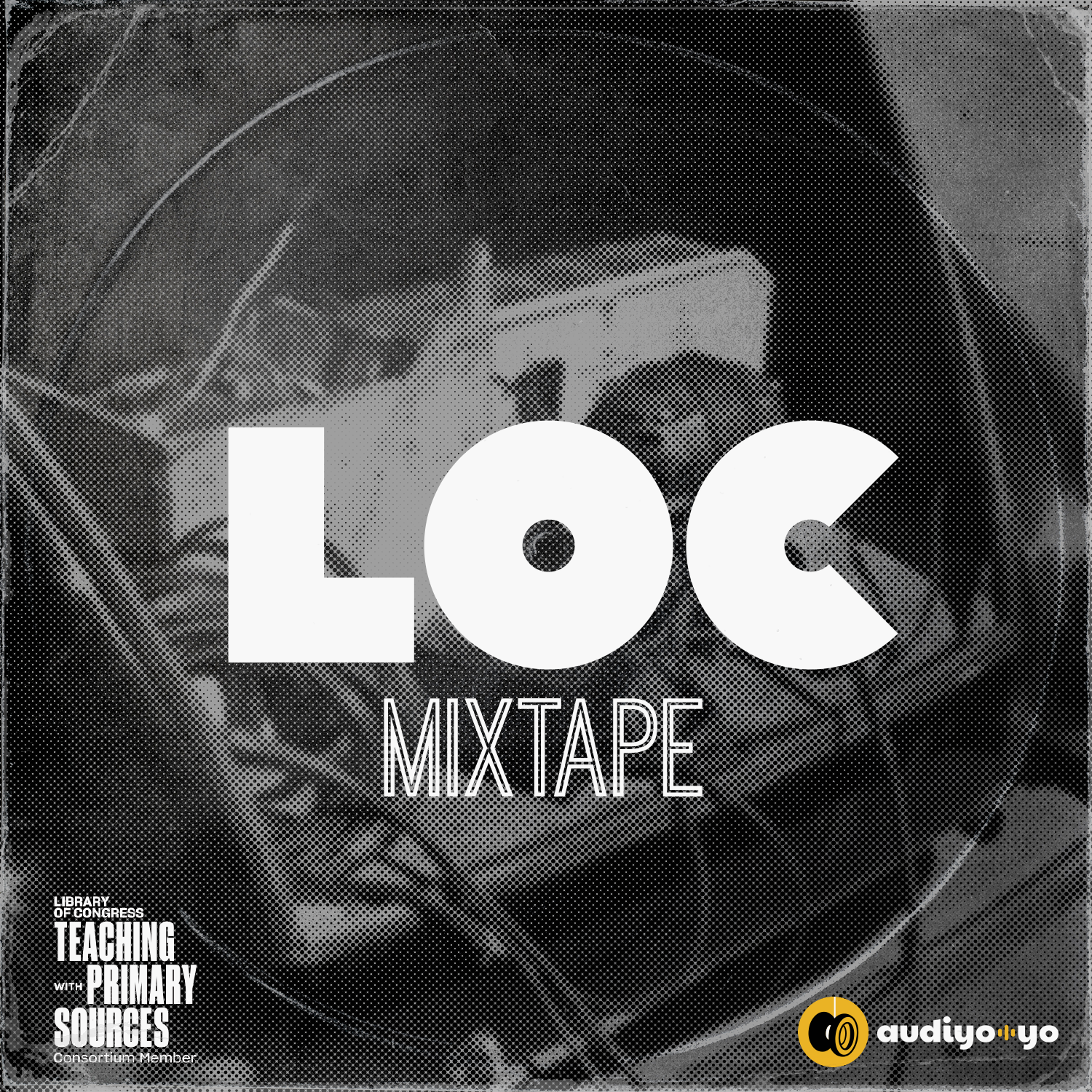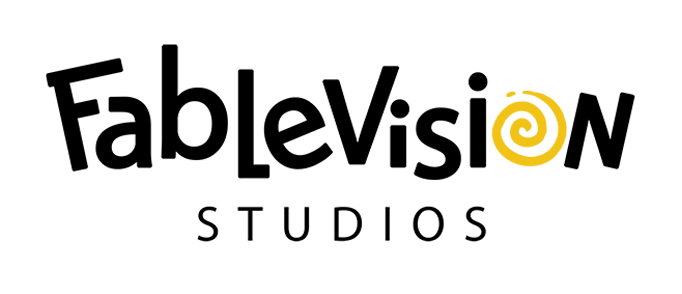
“Sweet Babe O’ Mine”
Grades 9-12
Teacher’s Guide and Related Standards
This lesson explores the historical and cultural context of Margie Maddox’s 1939 recording of the lullaby, “Sweet Babe O’ Mine,” conducted by the well-known ethnomusicologists John and Ruby Lomax, a husband and wife team. Students will have the opportunity to 1) Learn about the contexts of a song’s recording, 2) listen to and analyze Margie’s song, 3) engage with contemporary musicians Elizabeth Mitchell and Daniel Littleton’s re-interpretation of the song, and 4) participate in creative activities connected to music making.
Standards
- Theory and Composition Strand; Guitar/ Keyboard/ Harmonizing Instruments; Ensembles
- Common Anchor Standard 1
- This standard focuses on creating music based on experiences and context.
- Common Anchor Standard 4
- Common Anchor Standard 8
- Support an interpretation of a musical work that reflects the creators’/performers’ expressive intent.
- Common Anchor Standard 11
- This standard relates to the overall engagement with the podcast and accompanying exercises. It encourages students to explore how other disciplines, experiences, and daily life inform the creation of music.
- Dimension 2: Applying disciplinary concepts and tools
- History
- Change, Continuity, and Context
- Perspectives
- Historical Sources and Evidence
Procedure
Introduction
This lesson on lullabies is designed to accompany the LOC Mixtape Podcast, Episode 2. The thinking and active listening questions are designed to encourage students to engage with the podcast episode, while the supplementary activities can be used to spark creative interaction based on the ideas presented in the podcast.Podcast Episode Guide
This guide helps teachers understand the structure of the podcast episode and plan classroom discussions or activities. Use the timestamps to navigate the episode and highlight key segments.Episode Format Overview:
- 0:00–1:00 | Host introduction
The host introduces the show’s theme of exploring audio primary sources from the Library of Congress and doing “remixes” of them, providing context and modeling how a podcast engages listeners from the start. - 1:00–2:42 | Episode topic introduction
The episode’s focus is introduced. Students can note the topic and reflect on their prior knowledge or any questions they may have. - 02:42 - 04:55 | “Imagine This” segment
Primary source audio is played along with accompanying descriptive narration, helping students visualize its historical or cultural context. The host tees up the guest expert(s), bridging the source and expert insight. - 4:55–16:34 | Historical expert interview
The guest expert discusses the topic in depth with the host. Encourage students to listen for evidence, examples, and explanations that connect to the primary source audio. - 16:34–17:49 | Transition to musical guest
Another audio clip introduces a new perspective and sets up the musician interview. Teachers can prompt students to compare and contrast with earlier sources. - 17:49–33:42 | Musician interview
The guest musician shares their response to the primary source and how they created a new work in conversation with that source. This segment illustrates how primary sources and personal experiences inform our understanding of cultural history and can inspire new creative endeavors. - 33:42–38:34 | Original remix audio
Students hear a creative reinterpretation of the primary source. This segment can be used to discuss adaptation, creativity, and the evolution of cultural practices. - 38:34–End | Outro and credits
The host wraps up the episode. Teachers can guide students to reflect on what they learned and connect it to broader themes, related questions, extension/enrichment activities, or classroom projects.
- 0:00–1:00 | Host introduction
Extension
Become an Ethnomusicologist
Additional exploration of this topic could involve a longer-term project where students engage with an older family member (parent, grandparent, aunt, uncle, etc.) to explore songs or folk tunes that are important to the family (either currently or in the past). Examples include a song connected with a family ritual, religious practice, or favorite activity. The objective is to have students act as ethnomusicologists and study the traditions of music-making within their own family contexts.Exercise:
- Students will identify a family member or members who sing or remember a song that is special to them or their larger family.
- As a part of the exercise, students can be required to get the family member(s) written permission to record an interview about the song, AND to record them singing the song. (Note: this could also be a group performance)
- Using a phone or small recorder, students can record an interview with the family member, considering questions like:
- How did you learn the song?
- Did your parent(s) sing this song when you were young?
- Why is this song important?
- What do the lyrics mean to you?
- What is your favorite element of the song?
- What memories come to mind when you think of the song?
- Would it be important for future generations to continue the tradition of singing this song (why or why not?)
- During the same interview, have the students record family member(s) singing the song(s).
- Class Presentation or Video Essay
- Teachers have options to have students share their findings. Here are two recommended options:
- Have students give a short presentation to the class about their family song(s).
- Have students create a video essay where they discuss what they learned through the interview and share the family song(s).
- Teachers have options to have students share their findings. Here are two recommended options:
- Prompts for Student Reflection
- How did your project change your perspective on your family?
- What are the benefits of interviewing and preserving your family traditions in this way?
Assessment
Depending on instructional choices and class priorities, a variety of interdisciplinary learning outcomes might be measured through a customized rubric. Measurable learning outcomes might include:
- Accurate musical or historical analysis
- Lyrical or musical inventiveness
- Synthesis of historical and musical context
- Demonstration of musical elements (rhythm, form, melody, etc.)
- Thematic insights through students' personal reflections
Please feel free to use the rubric below or create a rubric that measures the specific learning outcomes that you have identified.
Summative Assessment Rubric (writing or oral exercise)
| No Response Score Point 0 |
Not There Yet Score Point 0.5 |
Beginning To Score Point 0.75 |
Yes Score Point 1.0 |
|---|---|---|---|
| The claim is missing. | The claim is incorrect or irrelevant. | The claim partially takes a position on the topic or issue addressed within the prompt. | The claim takes an appropriate position on the topic or issue addressed within the prompt. |
| There is no type of evidence in the response. | The evidence is irrelevant or does not support the claim. | The evidence partially supports the claim and demonstrates some understanding of the topic or text, using appropriate sources. | The evidence supports the claim and demonstrates a strong understanding of the topic or text, using appropriate sources. |
| There is no use of words, phrases, and clauses to create cohesion and to clarify the relationship between the claim and evidence. | Use of words, phrases and clauses fail to show or explain any relationship between the claim and evidence. | Words, phrases, and clauses used lack cohesion but partially clarify the relationship between the claim and evidence. | Appropriate words, phrases, and clauses are used to create cohesion and to clarify the relationship between the claim and evidence. |
Teacher Resources
- An Educator's Guide to Using Music as a Primary Source in the History Classroom - This teacher guide explains the framework developed by TeachRock for exploring history through music-based primary sources. The framework focuses on five areas of analysis: musicians, media, materials, mapping, and music making.
- East Text History, Liberty School Recordings - This website provides more context for the Lomax’s recording.
- PBS News: Why are so many lullabies also murder ballads? - This article examines how many lullabies resemble murder ballads, or songs of death, loss, or danger, despite being sung as bedtime comfort.
- “How to Write a Lullaby” - This YouTube video is presented by Carnegie Hall Weill Music Institute. In the video, singer-songwriter Emily Eagen demonstrates how to create a lullaby.
- Learning Freight Train - This lesson guides students in learning the melody of the folk song “Freight Train” while exploring the life and playing technique of Elizabeth Cotten.
References
In this lesson starter, we invite you to explore media (recordings, sheet music, etc.) and materials (images) that are connected to social and community music making. We have included a few throughout this lesson and have provided some additional links for materials (images) below.
Material (image) examples:- Doc Reed; John A. Lomax, Sr.; and Richard Amerson at the home of Mrs. Ruby Pickens Tartt, Livingston, Alabama
- Aunt Harriet McClention at the microphone with John A. Lomax, Sr., Mrs. Ruby Pickens Tartt, and Aunt Harriet's "great-grands" children in background, at crossroads near Sumterville, Alabama,
- Aunt Harriet McClention, dancing for John A. Lomax, Sr., as she sang "Shing, Shing," at the crossroads near Sumterville, Ala.



